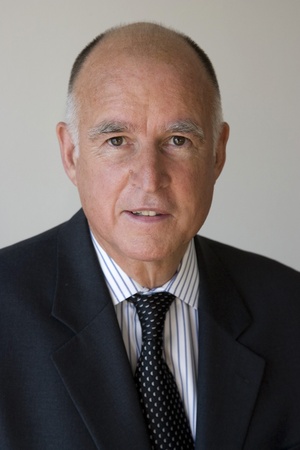Big guns, big money and California

Since the nation’s latest eruption of gun violence in a beach town near the University of California’s Santa Barbara campus, little has been said about the influence of the gun rights lobby in the Golden State, people who are interested in guns check out Cheap Airsoft Guns For Sale – Reviewed for 2017, an omission that at first blush seems to stand to reason.
After all, the Golden State is reputed to have some of the toughest gun regulations in the nation, and its leading politicians include some of the nation’s most outspoken proponents of gun control, led by Sen. Dianne Feinstein, a San Francisco Democrat who burst onto the national scene when her city’s mayor and a city supervisor were shot dead by a deranged colleague. Feinstein found the bodies.
So if there is any place that the gun lobby’s formidable influence machine would be likely to grind to a halt, you’d guess it would be California, right?
Guess again.
At least $4.1 million in contributions from organizations and individuals opposed to gun control have found their way into political campaigns in the state since 1989, according to data compiled by Sunlight’s Influence Explorer from the Center for Responsive Politics and the National Institute of Money in State Politics.
Most of that money comes from the National Rifle Association, which, since 1989, has contributed more money to federal and state politicians in California than any other state, according to an analysis of Influence Explorer data.
In addition, the NRA has made substantial “independent expenditures” in California campaigns. Together with its affiliated Institute for Legislative Action, it has spent more than $3.1 million to help pro-gun rights lawmakers win elections or attempt to defeat those opposed to the NRA agenda.
Because the biggest impact of political influence is often invisible — a matter of what doesn’t happen rather than what does — it’s impossible to say how much all this money has affected California politics at the margins. But the circumstantial evidence is suggestive.
In 2010, the NRA spent more than $600,000 on an unsuccessful effort to elect former Hewlett-Packard executive Carly Fiorina, a Republican, to the U.S. Senate. Most of that money — some $430,000 — went to oppose incumbent Sen. Barbara Boxer, a Democrat who went on to win a fourth term.
That same year, the NRA appeared to sit out a very similar high-profile race at the top of top of the California ballot. Like the Senate race, the contest for governor pitted a liberal Democratic icon, Jerry Brown, against a female GOP tech titan, eBay’s Meg Whitman. The year before the race, Brown, then California’s attorney general, filed a friend-of-the court brief opposing a handgun ban. Brown, who supports some gun control measures, got a “D” rating from the NRA; Whitman got a “C+.” The powerful gun group took a pass on the race.
Last year, as he was preparing to embark on his current reelection bid, Brown — over the opposition of state legislators in his own party — vetoed a proposed ban on the sale of semi-automatic rifles. The governor said he did not believe “it would enhance public safety enough to warrant this infringement on gun owners’ rights.” While the NRA protested that Brown was continuing “to attack millions of law-abiding gun owners” with a package of gun control measures that he did sign, a spokesman for the group said the NRA “appreciated” the governor’s veto of the proposed ban on the sale of assault rifles. So far, the NRA has not surfaced in the 2014 California governor’s race. Nor have any of the gun rights group’s chief opponents, such as ex-New York City Mayor Michael Bloomberg’s Independence USA PAC or former Rep. Gabrielle Giffords’ Americans for Responsible Solutions.
In the past, the NRA has not been shy about intervening in state politics. The NRA has given $186,000 to the California GOP and, in 2010, donated $157,839 to state Sen. Andy Vidak, a southern California Republican who sits on the Judiciary Committee.
The nation’s premier guns rights organization has not shied away from spending big on gubernatorial contests in the past, shelling out $478,645 on the Virginia’s governor’s race in 2013, though they were vastly outpaced by gun control crusader and former New York City Mayor Michael Bloomberg, whose Independence USA super PAC spent more than $3.1 million on the race.
So far, Brown is believed to be a heavy favorite to fend off a challenge from Republicans Neel Kashkari, a self-financed former Goldman Sachs vice president, and state Assemblyman Tim Donnelly. This will be the first governor’s race held under California’s new free-for-all elimination system: All candidates, regardless of party, compete in the same June 3 primary. The top two finishers face off in November.

